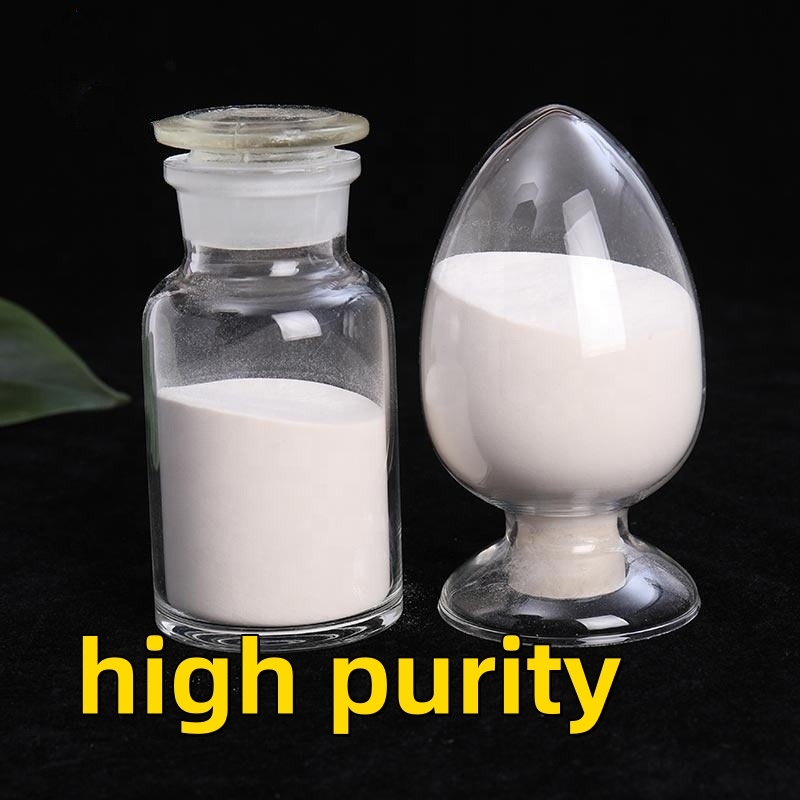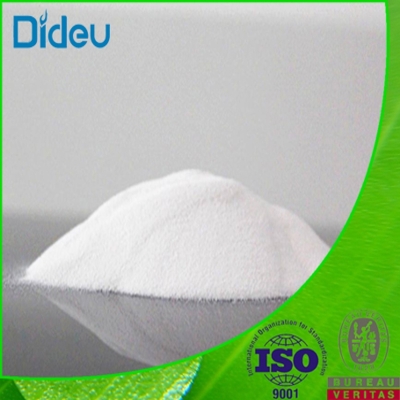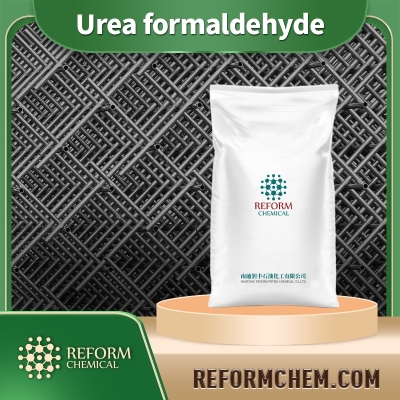-
Categories
-
Pharmaceutical Intermediates
-
Active Pharmaceutical Ingredients
-
Food Additives
- Industrial Coatings
- Agrochemicals
- Dyes and Pigments
- Surfactant
- Flavors and Fragrances
- Chemical Reagents
- Catalyst and Auxiliary
- Natural Products
- Inorganic Chemistry
-
Organic Chemistry
-
Biochemical Engineering
- Analytical Chemistry
-
Cosmetic Ingredient
- Water Treatment Chemical
-
Pharmaceutical Intermediates
Promotion
ECHEMI Mall
Wholesale
Weekly Price
Exhibition
News
-
Trade Service
Quinoxalines (quinoxalines) are a class of chemically synthesized animal-specific drugs with the basic structure of quinoxaline-N 1 , N 4 -dioxide .
They have broad-spectrum antibacterial effects, improve feed conversion rate and promote growth
.
In 1965, Bayer in Germany used o-nitroaniline as raw material to synthesize olaquindox .
15.
1.
1 Physical and chemical properties and uses
15.
1.
1.
1 Physical and chemical properties
Quinoxaline drugs are mostly insoluble in water, and soluble in organic solvents such as dimethyl sulfoxide and dimethyl formamide .
They are mostly yellow or light yellow crystals and are unstable when exposed to light
.
The properties of commonly used quinoxaline drugs are shown in Table 15-1
Table 15-1 Physical and chemical properties of common quinoxaline drugs
15.
1.
1.
2 Purpose
Quinoxaline drugs can inhibit harmful bacteria in the intestines, increase the digestion and utilization of feed, promote animal growth and development, and increase the rate of lean meat in livestock and poultry
.
In addition, such drugs such as CBX, OLQ, MQX, QCT and CYX can inhibit the DNA synthesis of gram-negative bacteria and some gram-positive bacteria in livestock and poultry , produce antibacterial effects, and treat swine dysentery and bacterial enteritis
CBX and OLQ were used earlier and were widely used in the 1970s
.
CBX is mainly used as a pig feed additive in the United States and Canada, and OLQ is mainly used in Australia, Brazil, Japan and China







